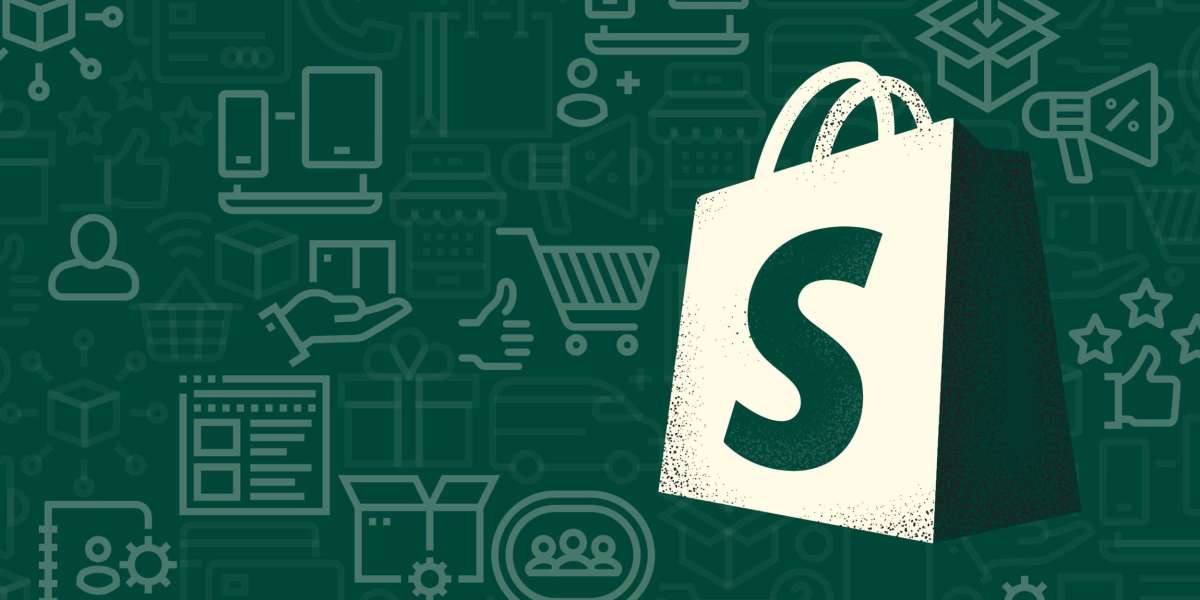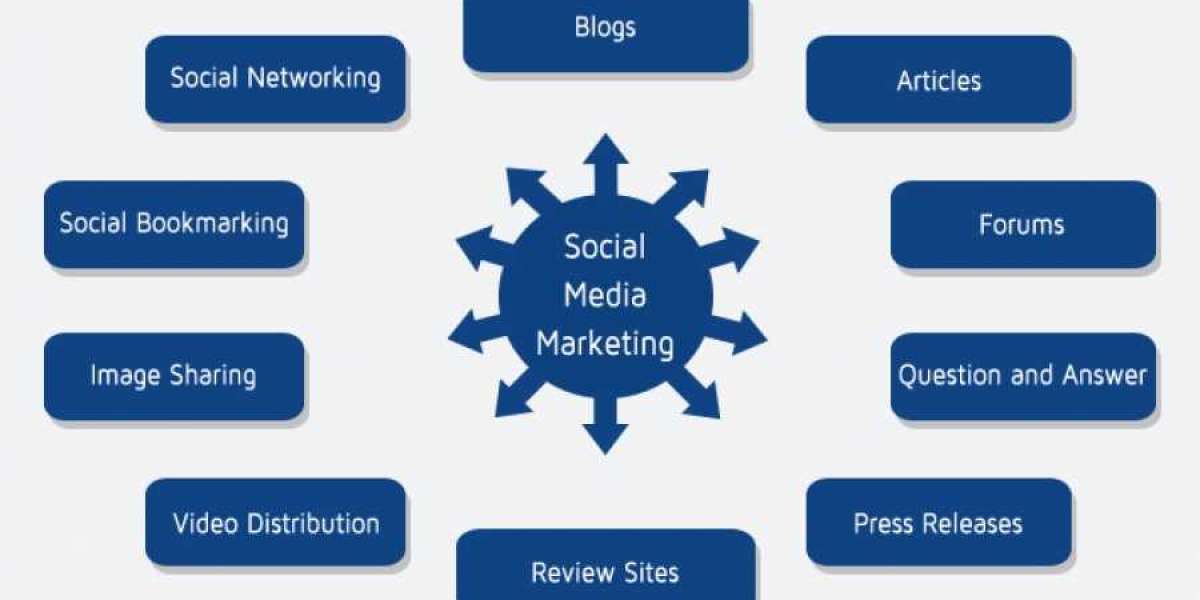Starting a Shopify store for the first time is such a fun experience. It can also be a bit nerve-wracking if you don't know all the Shopify tricks that allow you to create a better online store. One of the biggest mistakes new store owners make involves over-optimizing the wrong things while forgetting a few of the essentials. In this article, we'll break down the Shopify tips by Shopify Experts that'll help you master the basics while making sure you're focusing on the right stuff.
9 Shopify Tips Resources
1. Remove logos with the draw tool
Using Shopify, you can now draw on your product photos. A handy way to use this feature would be to remove logos from your photos. As you can see in the photo below, I drew a red line. You can clearly see that the line is broken and this was done by using the white brush to remove part of the red line. If you have a logo on your white background photo, using the white brush can be a handy way to easily remove the logo.
2. Add all your policies to the footer
One of the biggest things new store owners forget to do is add policies to their website. Often, when customers browse websites, they want to look at the return policies to ensure that they can get a refund in case products are defective. Policies also add an element of legitimacy to your website. It helps build trust.
Fortunately, you don’t need to manually create your own policies from scratch. You can take or modify the one’s in your Shopify admin. However, keep in mind, that you’ll be required to follow the policies on your website. If you accept refunds in your policies, then you also need to accept refunds when a customer asks for it.
3. Update your product inventory monthly
With DSer's one-click product import, people often get a bit eager and add hundreds of products in one go. Heck, even I’ve made the mistake of adding 423 products to my store only to be overwhelmed by the process.
Focus on adding less than 25 products to your online store on your first day. I know how tempting it is to add them all but you’ll be more likely to succeed if you focus on a smaller batch first.
4. Update your product inventory monthly
With DSer's one-click product import, people often get a bit eager and add hundreds of products in one go. Heck, even I’ve made the mistake of adding 423 products to my store only to be overwhelmed by the process.
What you want to signal to Google (powerhouse of organic traffic) is that you update your website regularly. If you post all your products on day one and never post another product again, Google sees that you get traffic but they don’t see the need to crawl your website. When you add new products, blog posts, or pages regularly, Google’s crawlers are aware of it.
So as an online retailer, create a schedule for how often you can manage adding new products. If you can do one new product a day – great. If you can only do 25 products a month – also great. But try to maintain a schedule that you can keep over the long-term to benefit from organic search traffic.
5. Promote on free channels if you don’t have the budget
Most people who run an online store for the first time want to make money as fast as possible. And so they turn to Facebook Ads so they can hear their first cha-ching. I love that ambition you have. But if you’ve never created a Facebook Ad in your life, your first ad is more likely to result in an oh no!
To make your bank account grow, you need to be careful with how you spend your money.
First, add your Facebook Pixel to your website. Then, create a retargeting ad on your website. This could be an add to cart retargeting ad which tends to convert the best (at least it does for me).
Now, to avoid spending too much money, focus all your efforts on driving free traffic to your website. Go on Pinterest and post a ton of products on your account. Be sure to pin other images as well so you don’t trigger your account as spam. You want to promote hard but still follow the terms of service.
6. Always test your store’s mobile settings
Before you run your first ad campaign, you need to double check to see what your website looks like on mobile. For example, when you create an ad, not everyone will view the website on their laptop. Some might see the ad on their phone or tablet.
Sometimes, when looking over your website on a different device you might notice that images aren’t resized properly. By knowing that the model’s face in the picture is cut off, you might choose to crop the picture differently so that it appears in the same format as the desktop version.
Mobile testing is especially important if your main sources of traffic are from ads, influencer marketing or if traffic comes from an app like Instagram or Pinterest.
To test on mobile, all you need to do is visit your website on your phone or tablet. Browse every page of your website and look for cut-off pictures, hidden calls to action, and monitor how much scrolling you need to do on each page.
7. Install ready-made products on your store
If you’ve just signed up for Shopify or are thinking of signing up for Shopify, you might not know what to sell. Some Shopify store owners sell unique products that they create themselves. Other online retailers purchase bulk inventory at wholesale prices. You can also create print on demand products which allow you to customize your own products. And with Dsers, you can browse millions of products that you can start selling the same day without having to buy inventory.
The fastest way to start an online store is to sell proven products. Using AliExpress, you can browse products by viewing order volume to determine the product’s popularity. You can also view trending products to find the best-selling products right now. By selling proven products instead of trying to create your own, you give yourself a head start to success.
8. Customize the theme as little as possible
Shopify allows you to customize your theme anyway you want. Amazing! But just because you can customize in any way, doesn’t always mean you should. So, if you’re a new entrepreneur one of the Shopify tips I highly recommend you follow is to customize your store as little as possible.
A professional designer created the theme you installed on your store. If it worked well enough for you to install it, it can work great at converting customers too.
When it comes to theme design, focus on changing the images so they’re relevant to your brand. If your theme works best for up to a certain number of products, optimize your store for that number or change your theme.
9. Create a text logo
Every article, including some of mine, recommend creating logos. And by all means, you definitely do want a logo. However, most of the time when I look at a new store’s logo, it’s always painfully obvious that the store owner lacks design skills. It’s true, you can use a logo maker to create a logo for you. It helps you design a logo without needing design skills.
However, one of the biggest mistakes is when people have a colored store background and they’ve downloaded their logo as a .jpg instead of .png you end up with this awkward white box around your logo. And this makes you a dead giveaway for being a total newb.
I know you’ve put a lot of work into choosing your name and designing a logo that looks great. However, the one thing I want to stress more than anything is that it’s okay to have a text-based logo. Your logo doesn’t need an image on it at all.
Conclusion
These Shopify tips will help you simplify the process of running your online store. You can also hire Shopify developer to setup your Shopify store. By trying out some of these tips on your Shopify store, you'll be able to build the right foundation to help set you up for success. Your online store doesn't need to be as big as your competitors on day one. You can build up to become a bigger brand over time. It's okay to keep your store simple in the beginning with fewer products, ready-made templates, and text-based logos. Ultimately, your success will boil down to your determination to succeed. So get your products in front of as many eyeballs as you can to help your online store's sales will grow.








